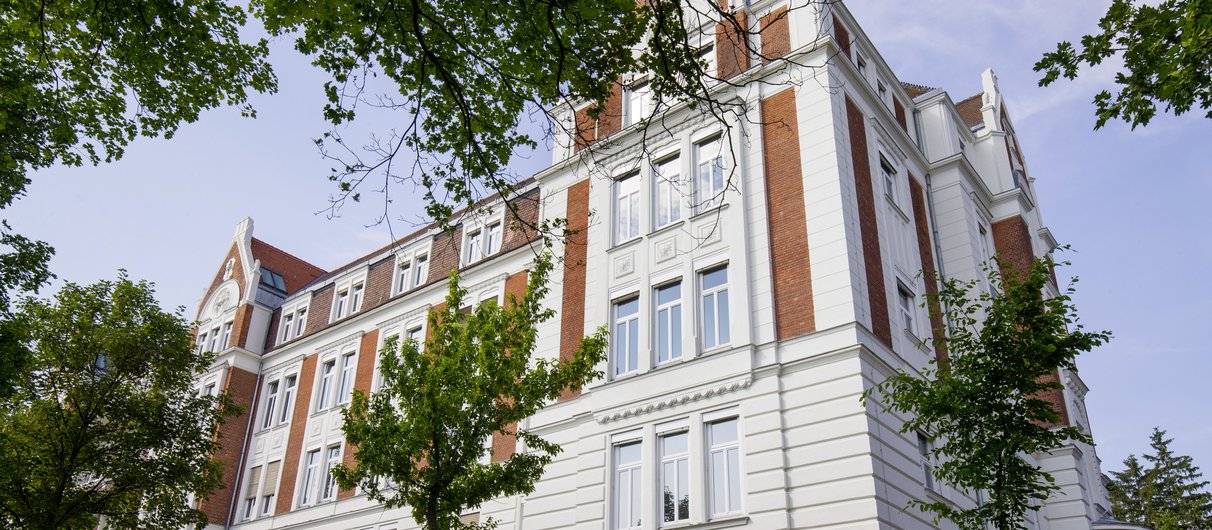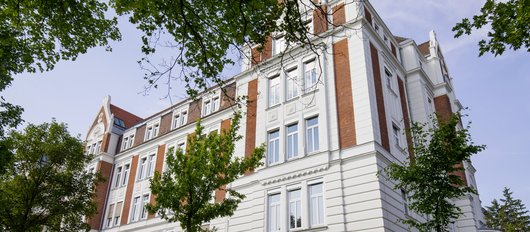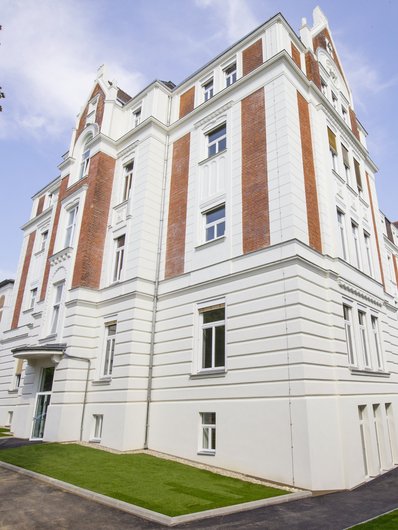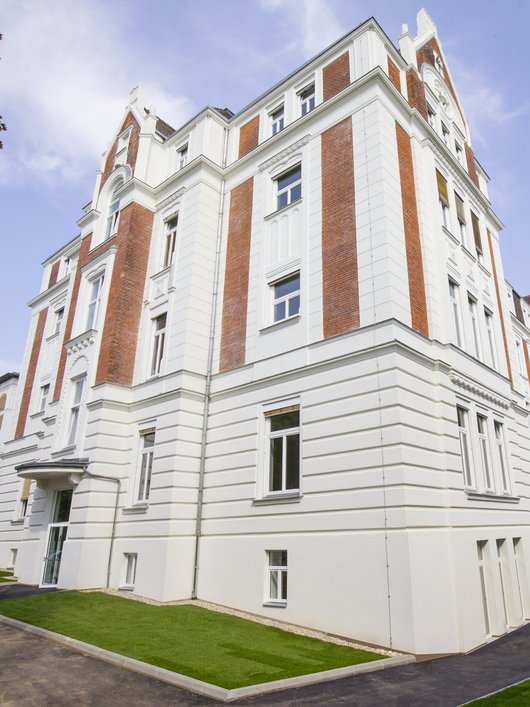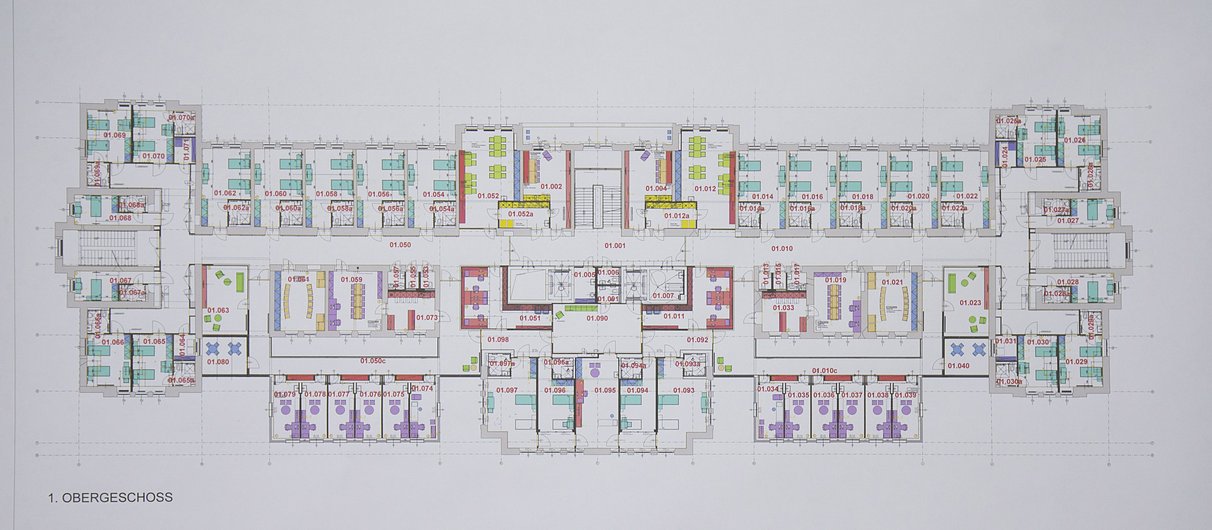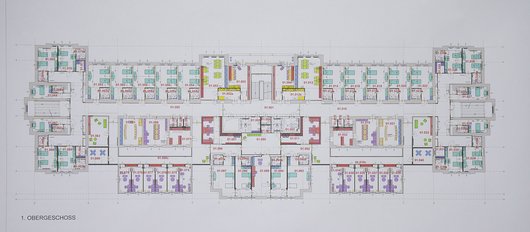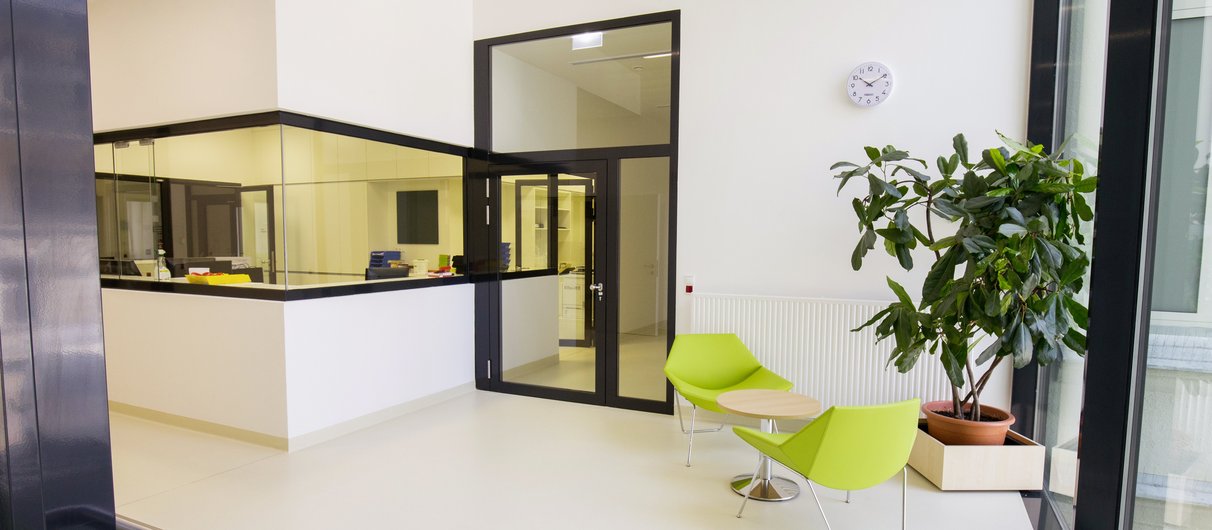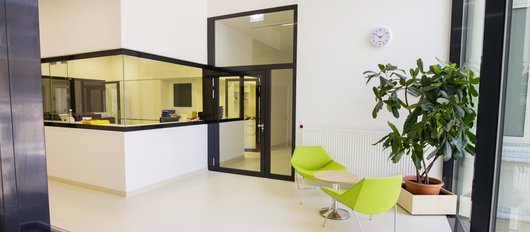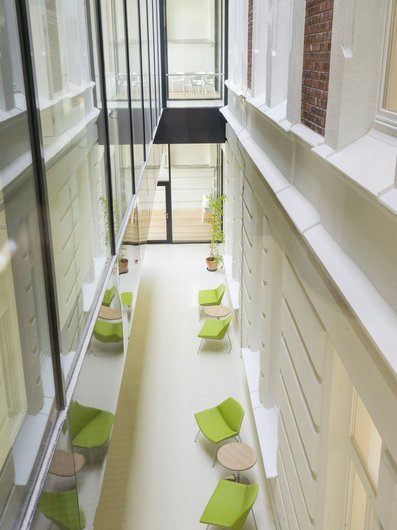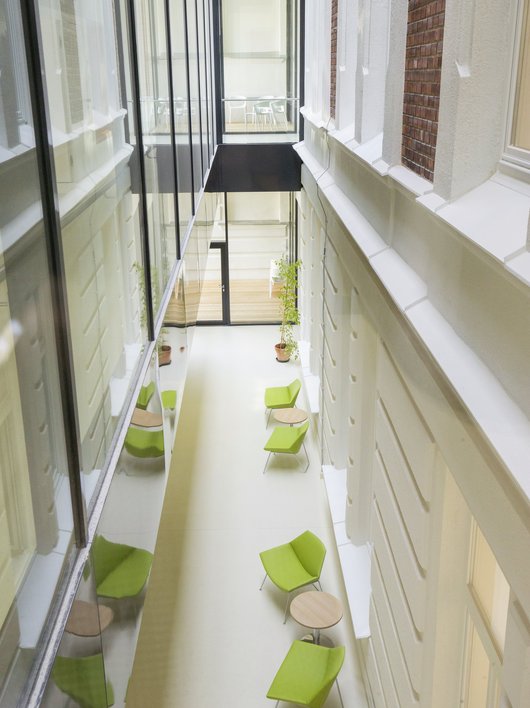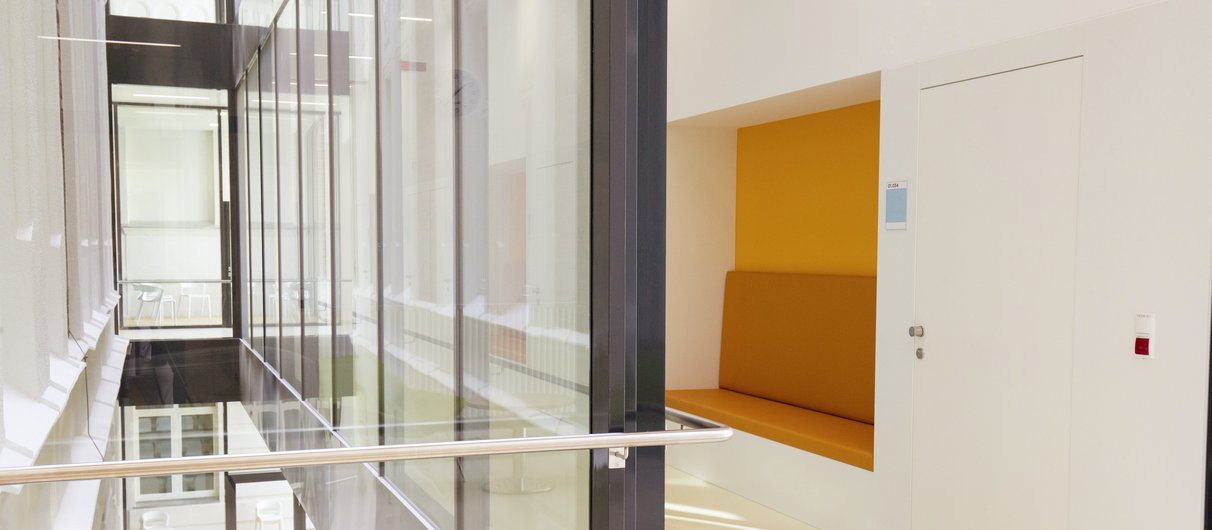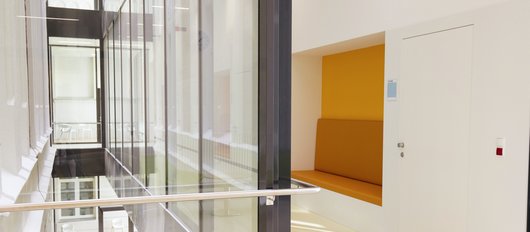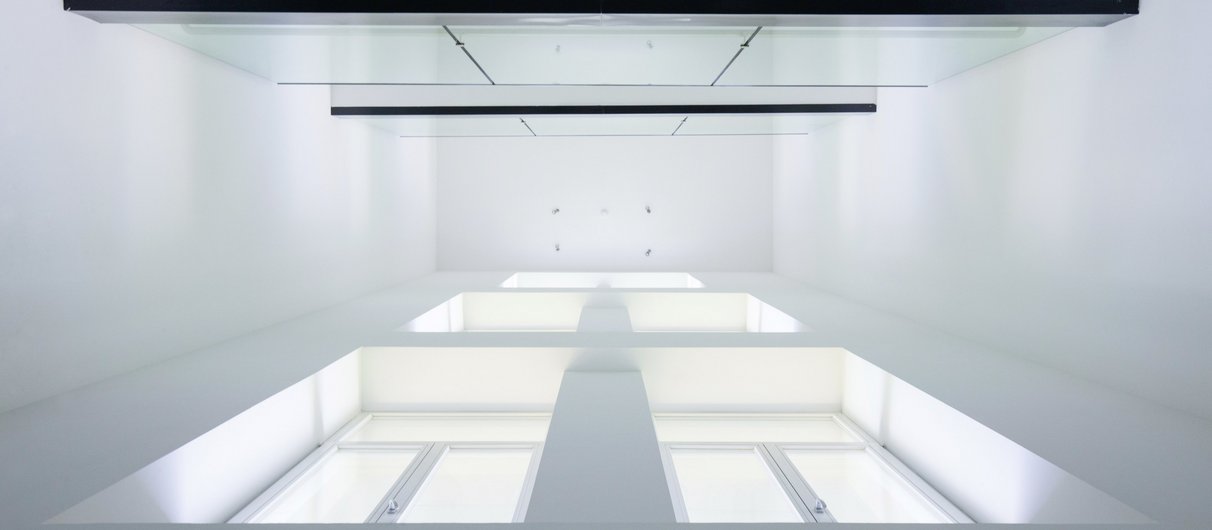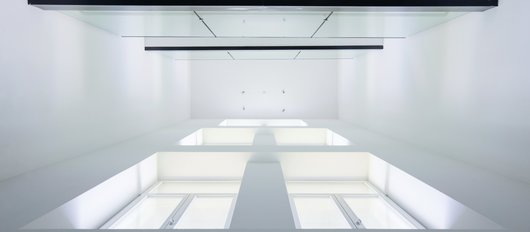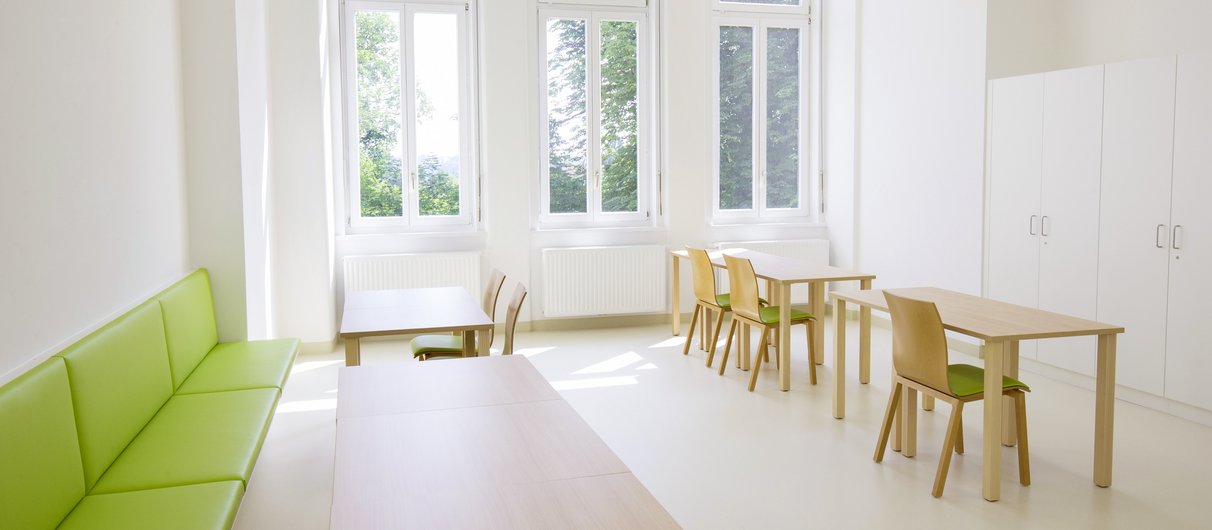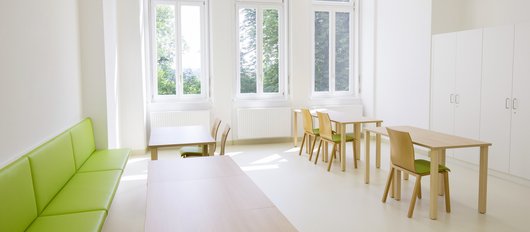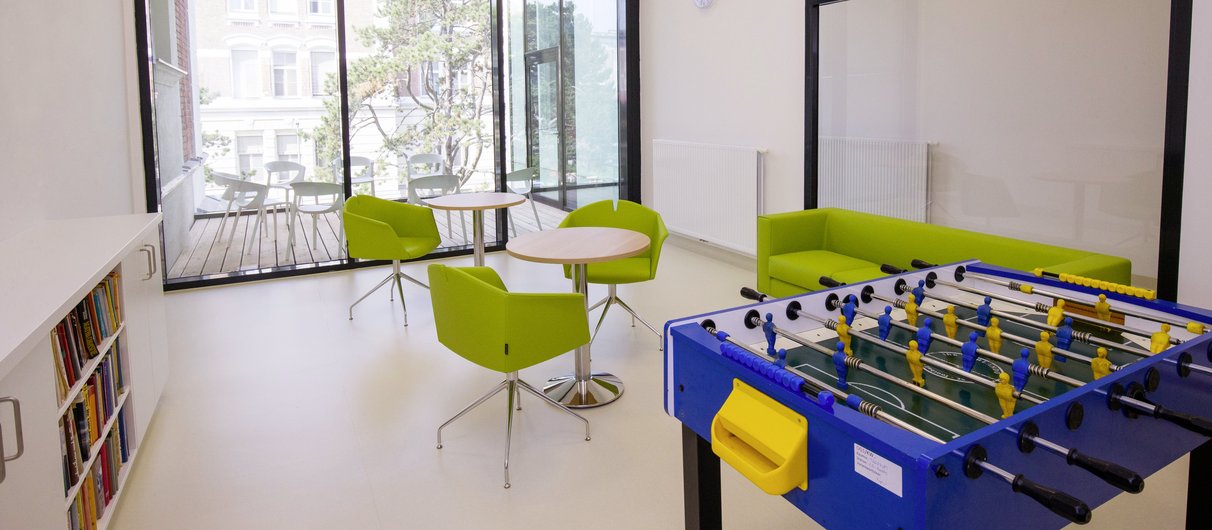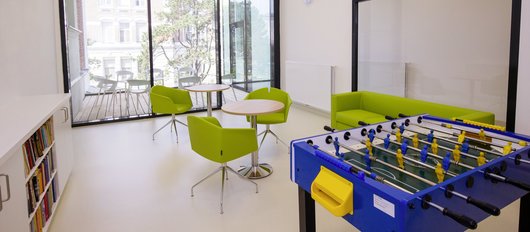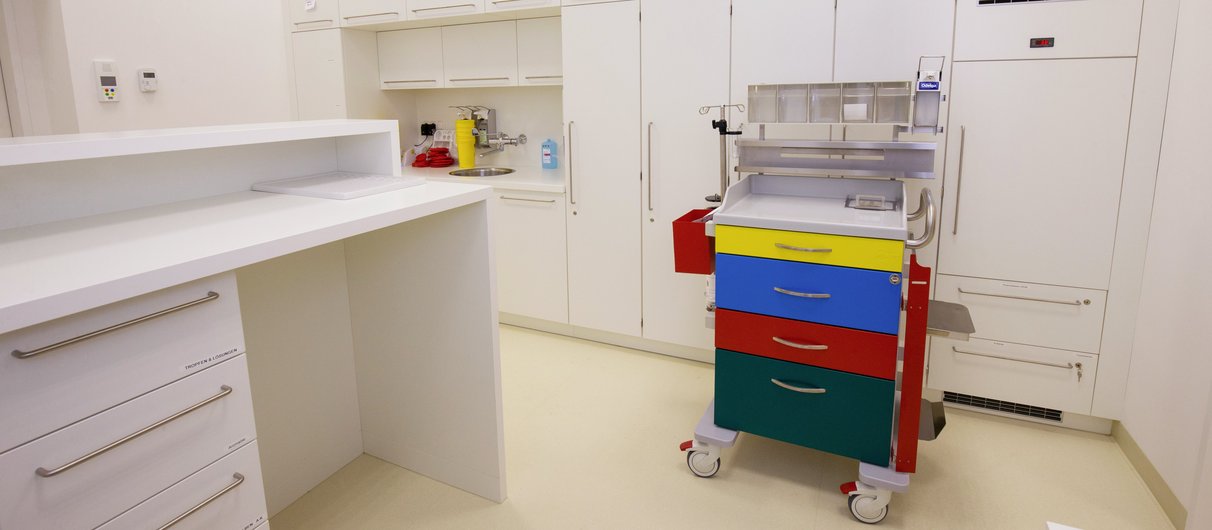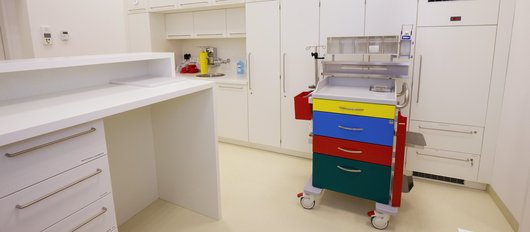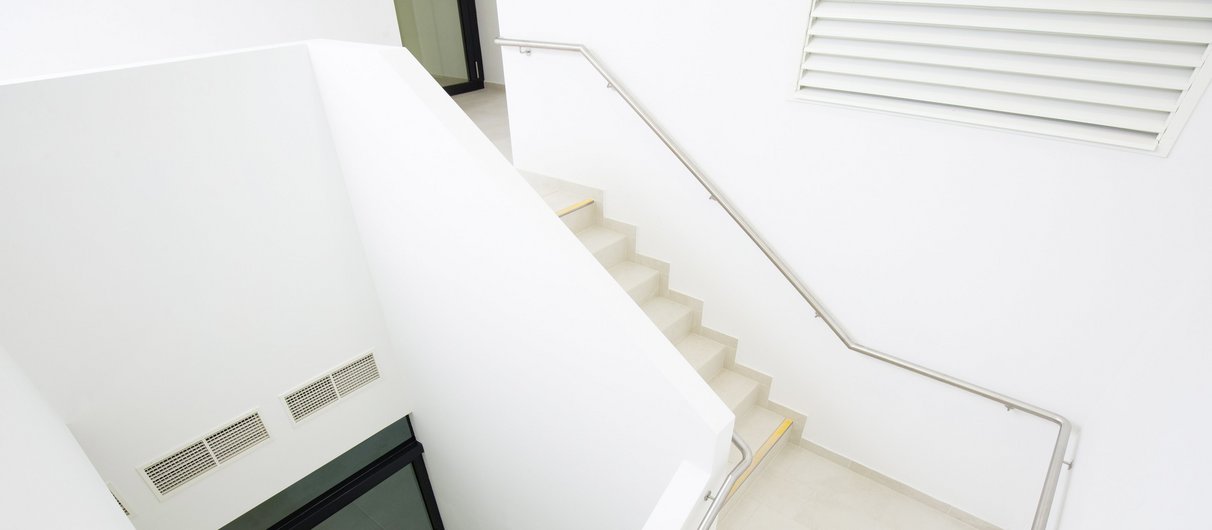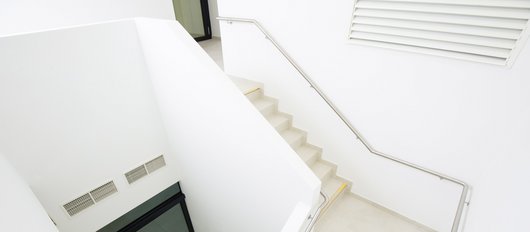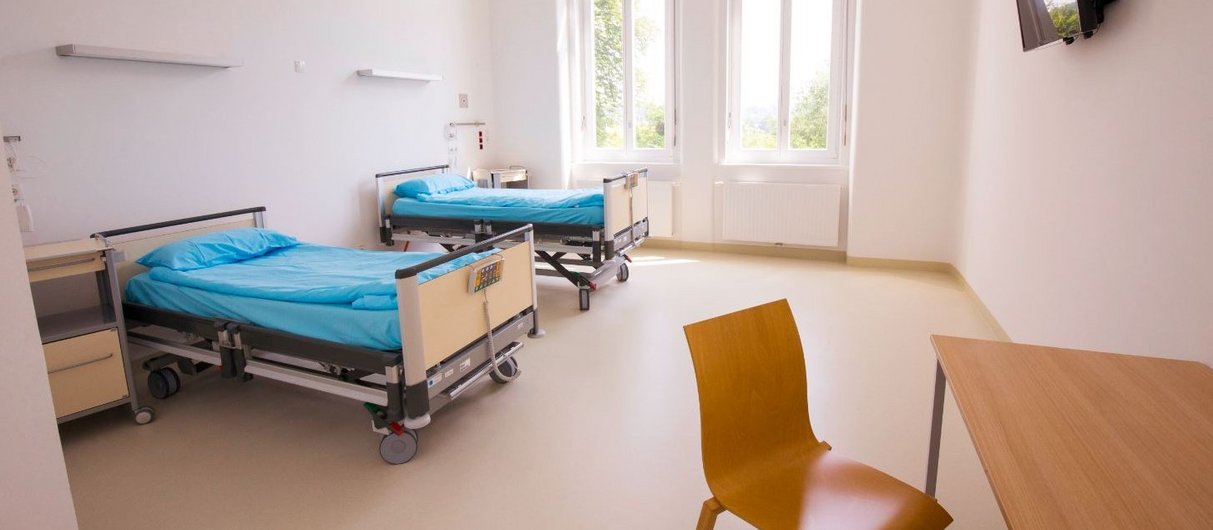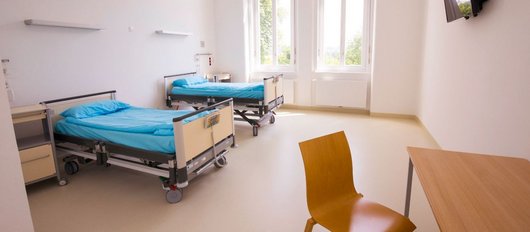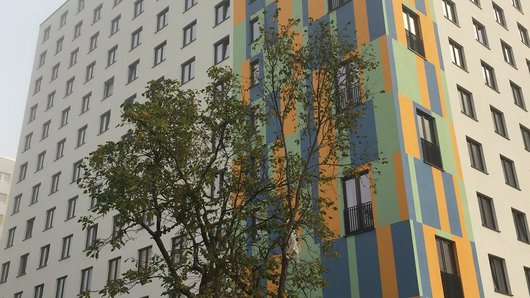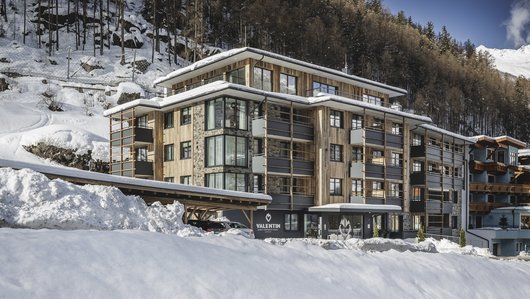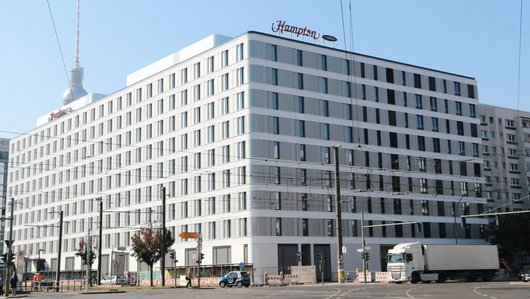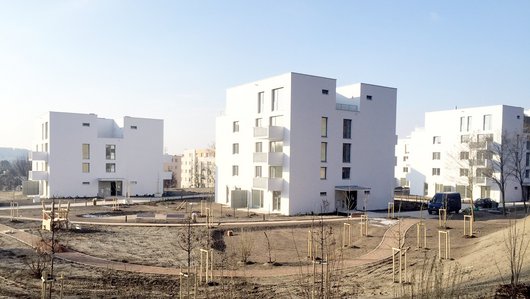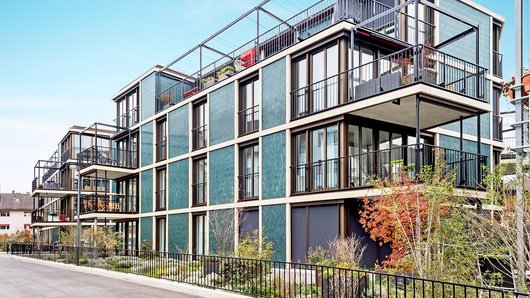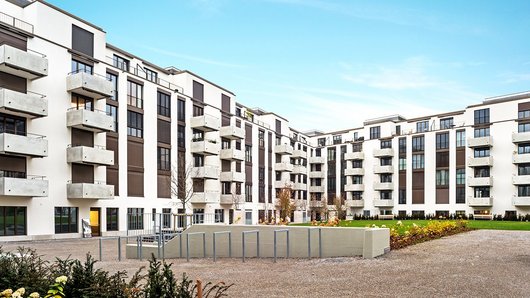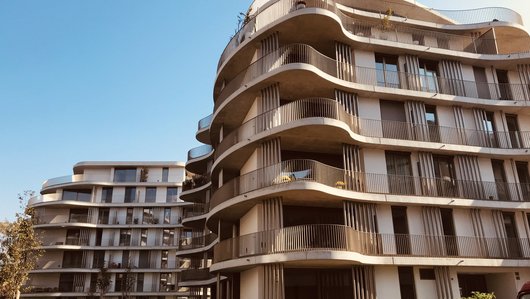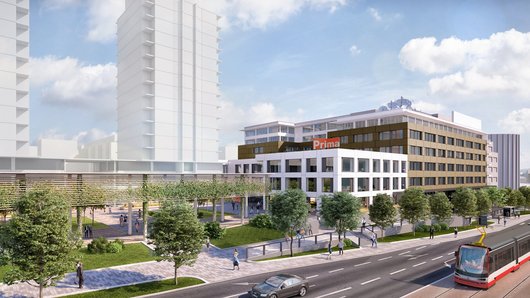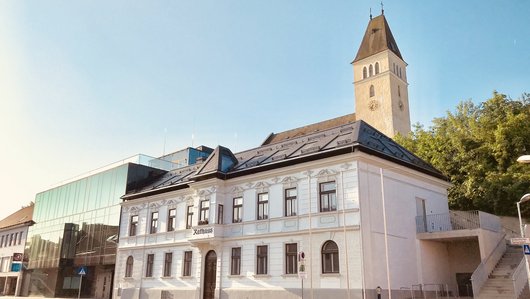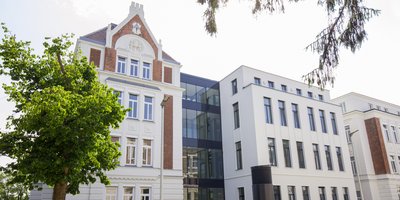
historical health facility
Pavilion 1 of Vienna’s
Hietzing Hospital
PORR carried out an extensive general renovation of the Hietzing Hospital, Pavilion 1, in compliance with strict regulations for the heritage-listed building.
The fabric of the historical building made the project, above all, a structural challenge. The PORR specialists made use of various building techniques to come up with a solution for every special case and surprise that the project presented them with.
-
EmployerStadt Wien - Wiener Krankenanstaltenverbund
-
ContractorARGE Krankenhaus Hietzing: PORR Bau GmbH, DI Wilhelm Sedlak GmbH
-
ArchitectARGE Pavillion 1 ILF-be: ILF Consulting Engineers Austria GmbH, Baumschlager Eberle Wien AG
-
Order typeGeneralunternehmer
-
Project typeBuilding construction, Health care facilities
-
Project scopeGeneral renovation of a heritage-listed hospital building
-
Order volume25 million euros
-
Construction start11/2016
-
Construction end05/2018
Overview
In 1907, the year of Kaiser Franz Joseph I’s silver jubilee, the City of Vienna made the decision to build the first hospital of its own, rather than continue to entrust all the medical care of its population to the various charitable and religious hospitals. The new hospital, named the Kaiser-Jubiläums-Spital, was built between 1908 and 1913. A pioneering project that included ten hectares of parkland and pavilions laid out based on specialist areas, the hospital was classed as an international flagship. After the First World War, the facility was renamed simply to “Lainz Hospital”. Today, the health facility is known as Hietzing Hospital with the Rosenhügel Neurological Centre.
Project background
Pavilion 1 is home to the psychiatric department, and its exposed location makes it a very visible “shop window” for the hospital. However, the building was not only showing signs of age, it was also bursting at the seams. The Vienna Association of Hospitals therefore decided it was time for comprehensive modernisation and extension. Before the general renovation could begin, a multi-stage tendering process took place. A consortium comprising PORR Bau GmbH and DI Wilhelm Sedlak GmbH was awarded the general contractor Package 1, worth around 22 million euros and comprising both building work and mechanical & electrical engineering. The consortium offered the best price-performance ratio, but the numerous references from the fields of both health and heritage-listed properties were also crucial to the decision. The consortium partner was responsible for the commercial development, while PORR acted as the overall lead and took on the technical management. Site supervisors and foreman came from PORR’s Major Projects Building Construction department, and the experts in renovation and construction under heritage preservation requirements came from the PORR Revitalisation department. These main contractor services were rounded off in the second stage with the award of main contractor Package 2, worth around 3 million euros. Other PORR subsidiaries handled finalisation of the building with sewage systems and external facilities.
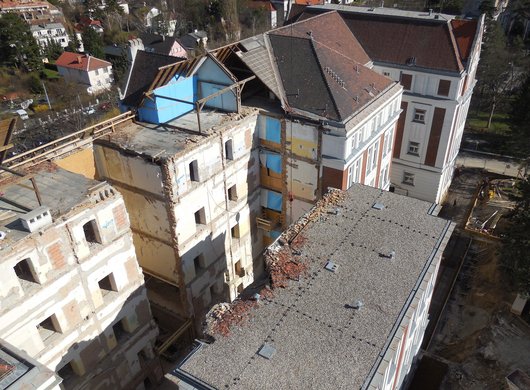

During the demolition work it was quite a fluke if no surprises popped up.
Demolition and gutting
Immediately the site facilities were in place, work began on demolishing and gutting the building. Admittedly, there were a few nasty surprises, such as missing supports for a log ceiling, or the paper-thin concrete cover on an old floor restoration, but the specialists from PORR Revitalisation were able to rise to every challenge.
Before it was possible to begin the extensive demolition work, structural strengthening measures had to be carried out for the load-bearing components, so that additional shafts for building services, lift shafts and staircases could be built. In addition, the below-ground level had to be secured and dried out. In order to create valuable space in the basement, the metre-thick brick walls were treated with suitable injections.
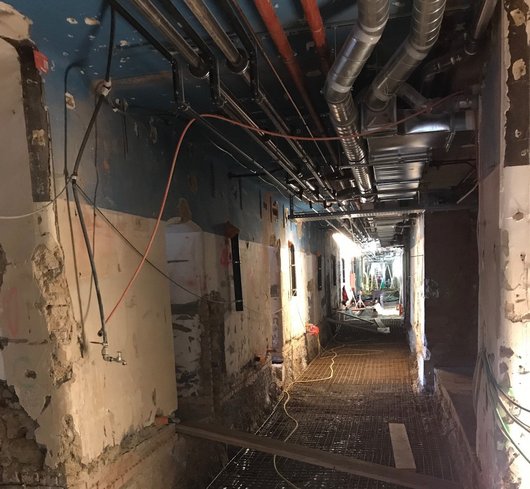

Extensions
The new spatial concept in Pavilion 1 enlarged the building with an underground garage and two extensions for offices. The particular challenge here was to secure the fragile existing building with suitable underpinnings. During demolition of the external hull, the ceilings had to be shored up several times with stiffening grilles and heavy-duty scaffolding.
The facade is a mixture of exposed brickwork and plastered surfaces. The federal heritage authority participated in the careful restoration process, which has preserved it in good condition for future decades. Despite the high-quality modern facade, the new extensions fit harmoniously into the overall architectural appearance.
In order to create space for the large building services equipment, the top floor was extended using steel structures. The roofing work was completed successfully following the topping-out ceremony in September 2017.
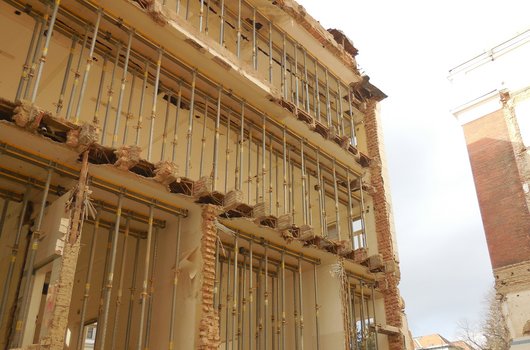

We even managed to fulfil additional client requirements without going over budget.
State-of-the-art technology
PORR also ensured that the hospital is running on fully modern technical infrastructure. The work done to bring hospital operations right up to date included special safety equipment for fire protection, safety monitoring, monitoring of persons, and safe evacuation of the building. As part of the contract, experts from the Hietzing Hospital were involved in agreeing all preparation work and coordination for the installation of the medical equipment; this ensured that installation and commissioning of the equipment could follow on seamlessly from the construction work.
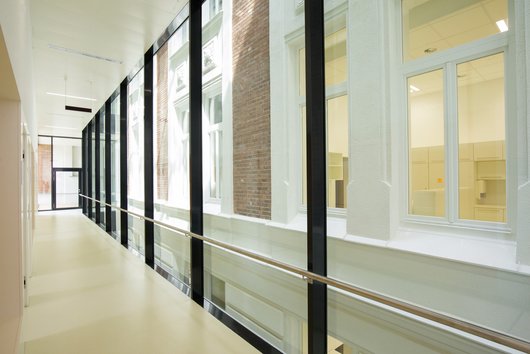

Technical data
-
Construction pit depth6m
-
Number of storeys6
-
Patient rooms77
-
Beds140
-
Stations7
-
Outpatient clinics1
Summary
Commissioning, trial runs, acceptance, training, and the final handover to the operator are particularly demanding for health facilities and it is essential to meet the most demanding quality criteria. PORR accomplished all these tasks to the fullest satisfaction of the client, and Pavilion 1 was handed over on schedule in May 2018, ready for operation. PORR not only stayed within budget, we were in fact able to introduce numerous ideas or suggestions that allowed various special requests to be met without incurring additional costs.

